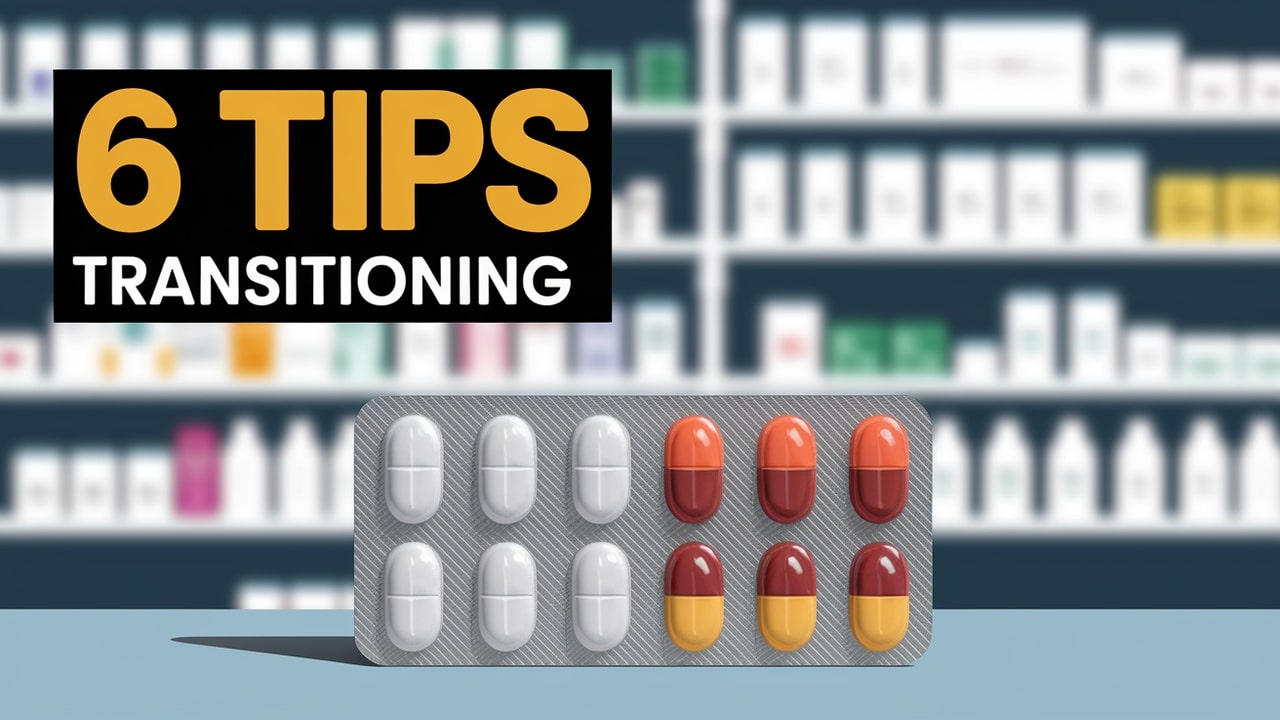
What is a CBD Certificate of Analysis and How to Read One?
The CBD industry is highly unregulated, so there are bound to be many products with questionable safety and efficacy profiles. With manufacturers promising miracles from their “ultimate” concoctions and products flooding the market daily, it’s hard to separate the wheat from the chaff. The uncertainty deepens when you realize that some of these products might not even be safe for consumption. As a consumer, you want to be sure that what you’re putting into your body is not only effective but also, and more importantly, safe.
This is where third-party testing labs come into play; to conduct tests and verify the composition and safety of CBD products. These tests result in what’s called a Certificate of Analysis or a COA. So what is it, and why do you need it?
Table of Contents
Here Are The 4 Ways To Understand What a CBD Certificate of Analysis Is and How to Read One?
What is a CBD Certificate of Analysis?
A COA is an official document that provides a detailed overview of a CBD product’s contents. It’s kind of like the nutritional information label on your favorite snack, but for CBD products and with a lot more detail.
The Certificate of Analysis not only tells you what’s in the product but also verifies the concentrations of these ingredients, including the levels of different cannabinoids. It’s your way of ensuring that the product contains the CBD it claims to have and doesn’t contain any harmful substances that it shouldn’t.
But who is behind these reports? Third-party laboratories! These labs are independent entities that have no direct ties with the CBD manufacturers, hence the term “third-party.” Their main role is to objectively assess the quality, safety, and contents of CBD products.
A third-party hemp testing lab follows stringent testing protocols and guidelines to ensure accurate results. They use advanced technology and methods such as High-Performance Liquid Chromatography (HPLC) and Gas Chromatography (GC) to analyze CBD products and provide precise measurements of CBD, THC, other cannabinoids, terpenes, and potential contaminants in the products.
Different Parts of a COA
Having established what a COA is and who performs the analysis, let’s now explore how to read and understand one. The sections of a COA may vary slightly depending on the lab, but most reports will contain these key parts:
Cannabinoid Profile
This tells you about the various cannabinoids present in the product and their concentrations. You’ll see the levels of CBD and THC, along with other cannabinoids like CBG, CBC, and CBN. It’s important to check this section to verify that the CBD and THC levels align with what’s advertised on the product label.
Terpenes Profile
Terpenes are natural compounds in the hemp plant that contribute to its aroma and flavor and can also enhance the effects of cannabinoids through what’s known as the “entourage effect.” The terpenes profile on a COA will list the types and concentrations of terpenes present in the product.
Contaminants Testing
One of the most critical sections, the contaminants testing, reveals whether the product contains harmful substances like heavy metals, pesticides, or residual solvents and their respective concentration, if any.
Date and Batch Number
This section is often overlooked, but it’s important to ensure the COA is current and applicable to the product in your hand. The batch number on the COA should match the batch number on your product label. The testing date can tell you if the results are recent or if the product may have been sitting around for a while.
How to Access a CBD Certificate of Analysis
It’s often said that the best CBD products come from manufacturers who value transparency and integrity. These companies have nothing to hide and want their consumers to be as informed as possible about their products. A critical part of this transparency is providing easy access to their Certificates of Analysis.
So, how do you get your hands on these COAs?
- Check Company Website: More commonly, companies dedicate a section of their website to house these COAs. Look for sections titled “Lab Results,” “Quality Assurance,” or something similar.
- Check the Product Label: Some companies take transparency to the next level by including a QR code directly on their product labels. Doing a quick scan on your smartphone camera will direct you to the COA on the company’s website.
- Contact Customer Support: If you can’t locate the COA via a QR code or on the company’s website, don’t hesitate to contact their customer service. Any company committed to transparency and quality will be more than willing to provide you with the COA for your specific product.
Conclusion
There’s more to finding a reliable CBD product than its use, effectiveness, and popularity. The true worth of a CBD product lies in its safety, quality, and transparency of its manufacturer. A CBD Certificate of Analysis serves as your compass in this dynamic and often overwhelming market. It reveals the ingredients and their composition in your product—far beyond what the eye can see and the marketing claims.
Therefore, knowing how to read a COA is not just a skill but a necessity for anyone seeking to benefit from CBD products.






